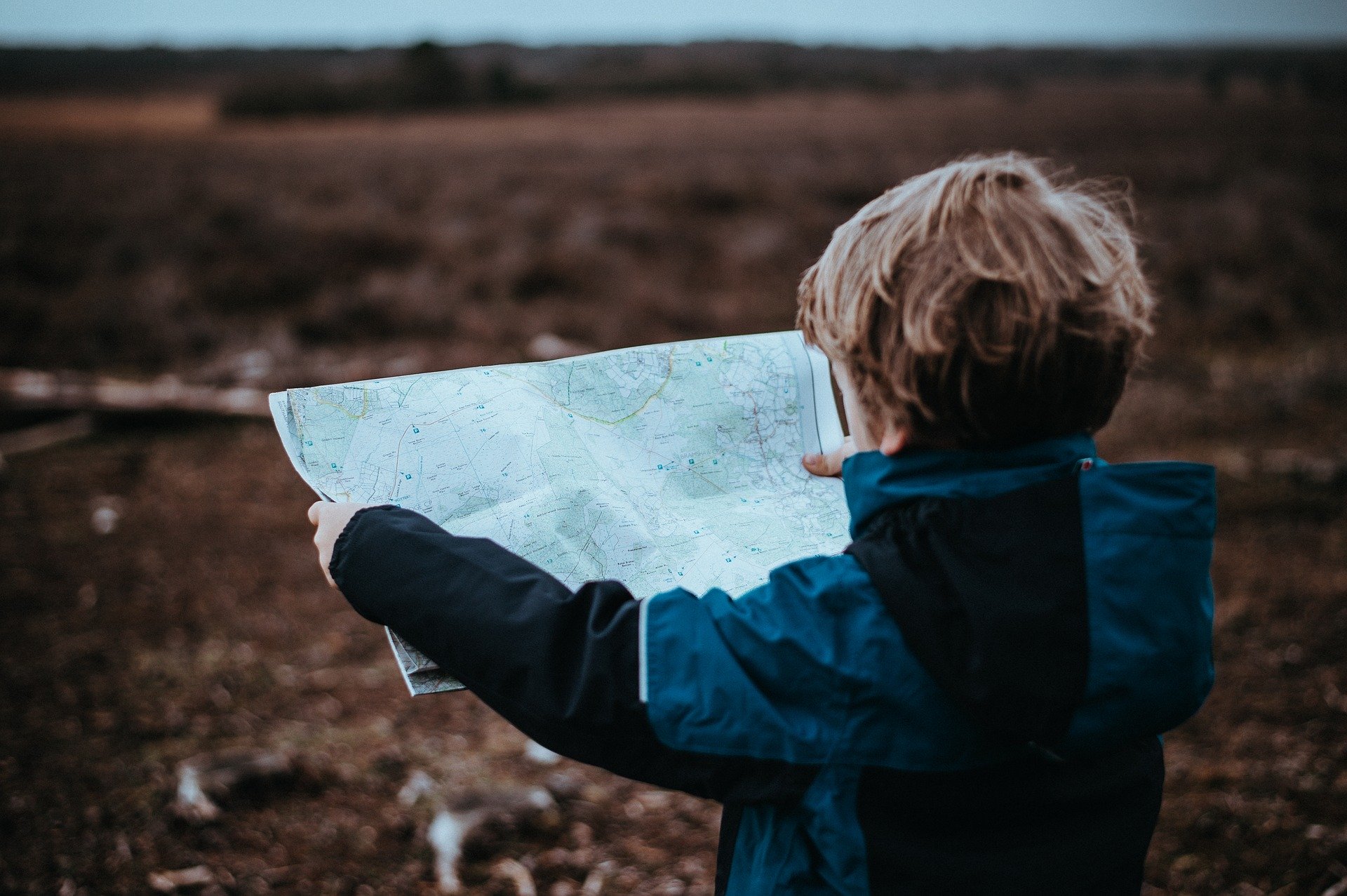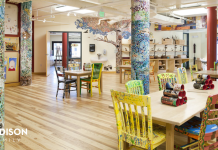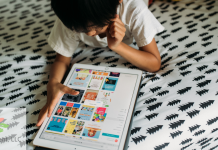 I grew up in a time where we would commonly bike to our friend’s house during the summer, and all around the neighborhood, while my parents were at work all day. I knew every street in our neighborhood, and the neighborhood next to us, and even a few on the other side of town. This made the summers fun and allowed us to have social connections beyond the one, shared phone we had in the house.
I grew up in a time where we would commonly bike to our friend’s house during the summer, and all around the neighborhood, while my parents were at work all day. I knew every street in our neighborhood, and the neighborhood next to us, and even a few on the other side of town. This made the summers fun and allowed us to have social connections beyond the one, shared phone we had in the house.
This freedom in childhood and young adolescence allowed for many skills, but one that I didn’t really think a lot about until more recently was that it built a skill of map reading and mental maps. Having to navigate a large area gave me the chance to build up knowledge about spatial awareness and how to navigate unfamiliar territory.
GPS has been an amazing invention, but one downside, especially when combined with the lack of freedom that many children and adolescents experience today, has lead to a generation of adolescents who have poorer map reading skills than previous generations. Is this really a problem when we have GPS to tell us where to go?
Yes!
Largely because being able to read a map is important for so many reasons. First, there needs to be a fall back if someone doesn’t have a phone, or it loses signal, or loses battery power. People think I’m crazy, but I keep a physical map of Wisconsin in my car. Cell signals are sometimes unreliable in some areas of the state, and its helpful to at least know where the main highways go.
Secondly, and more importantly, map reading skills are one component in spatial awareness, and this cognitive skill allows for so many important skills. Things like reading scientific graphs rely on a good sense of spatial awareness and ability to compare various components in a visual field to draw conclusions. In addition to graphs, there are many occupations that utilize these skills, such as engineering and architecture. These skills need to be build up slowly over many years.
Finally, there are many different types of maps that we read, which GPS doesn’t help with. For example, when you enter a new building and you see a map of the rooms in the building. You need to be able to read the map and understand where you are in that space.
There are a lot of fun ways to teach these skills to kids. Want some ideas on how to get started reading maps with your kids? Check out this PBS website: https://www.pbs.org/parents/thrive/why-children-still-need-to-read-and-draw-maps

















